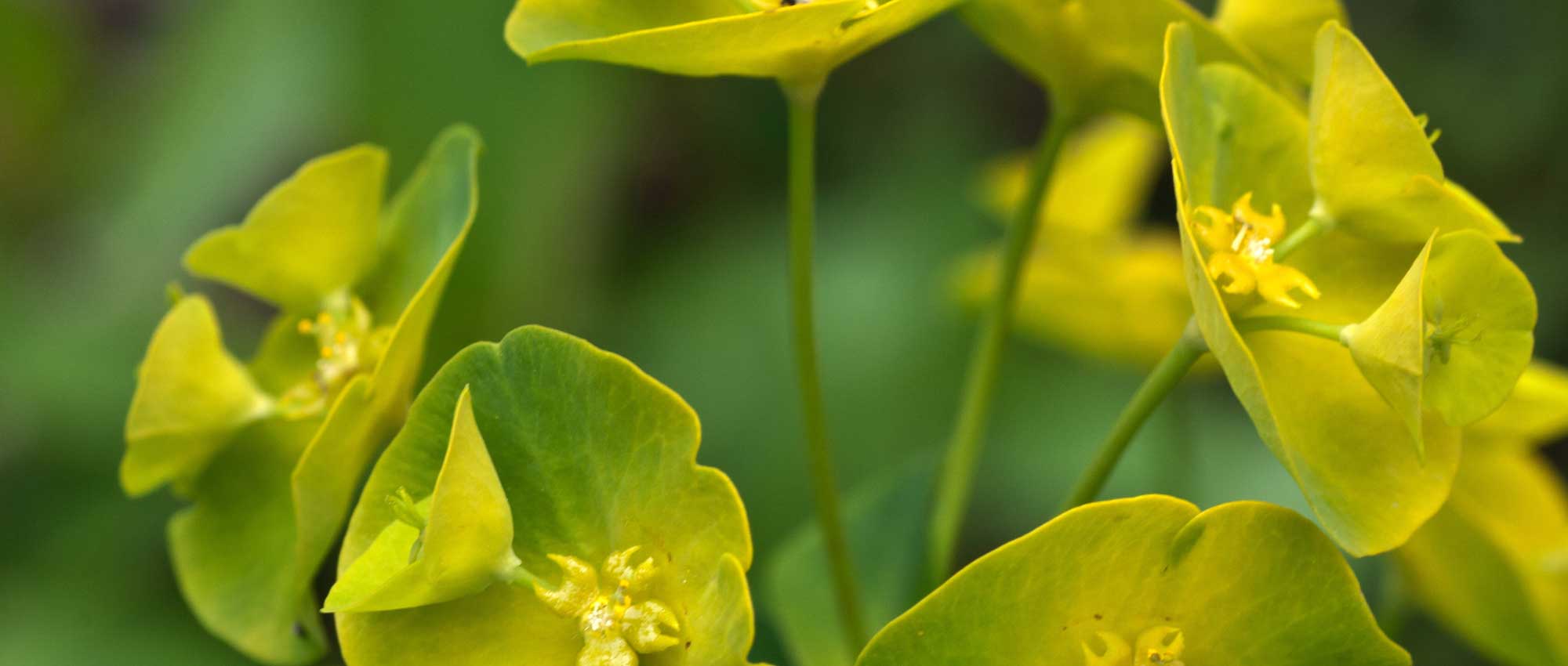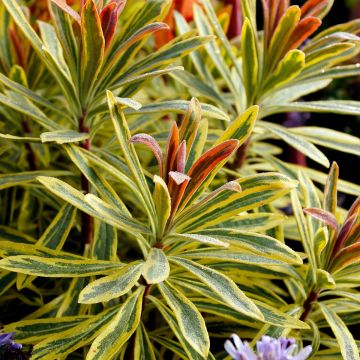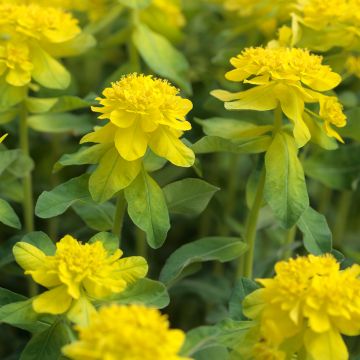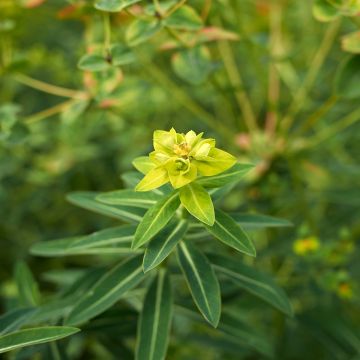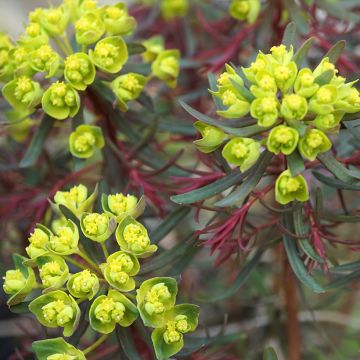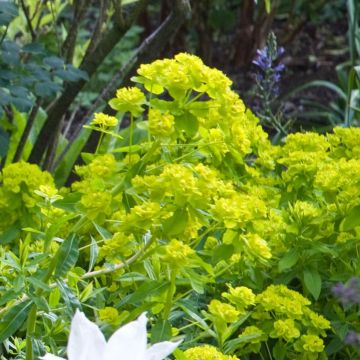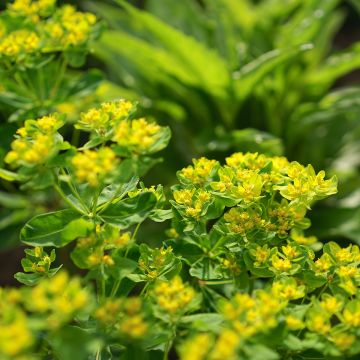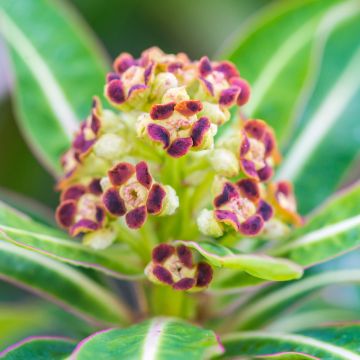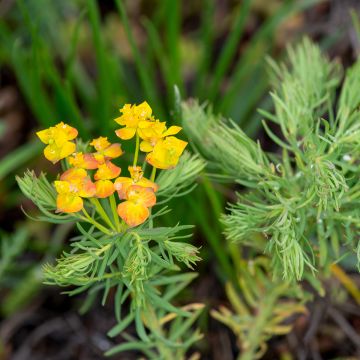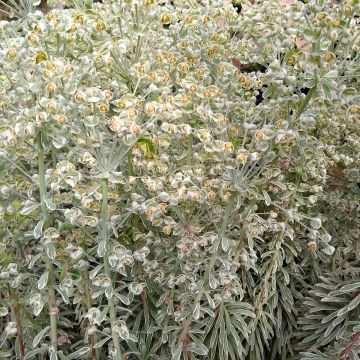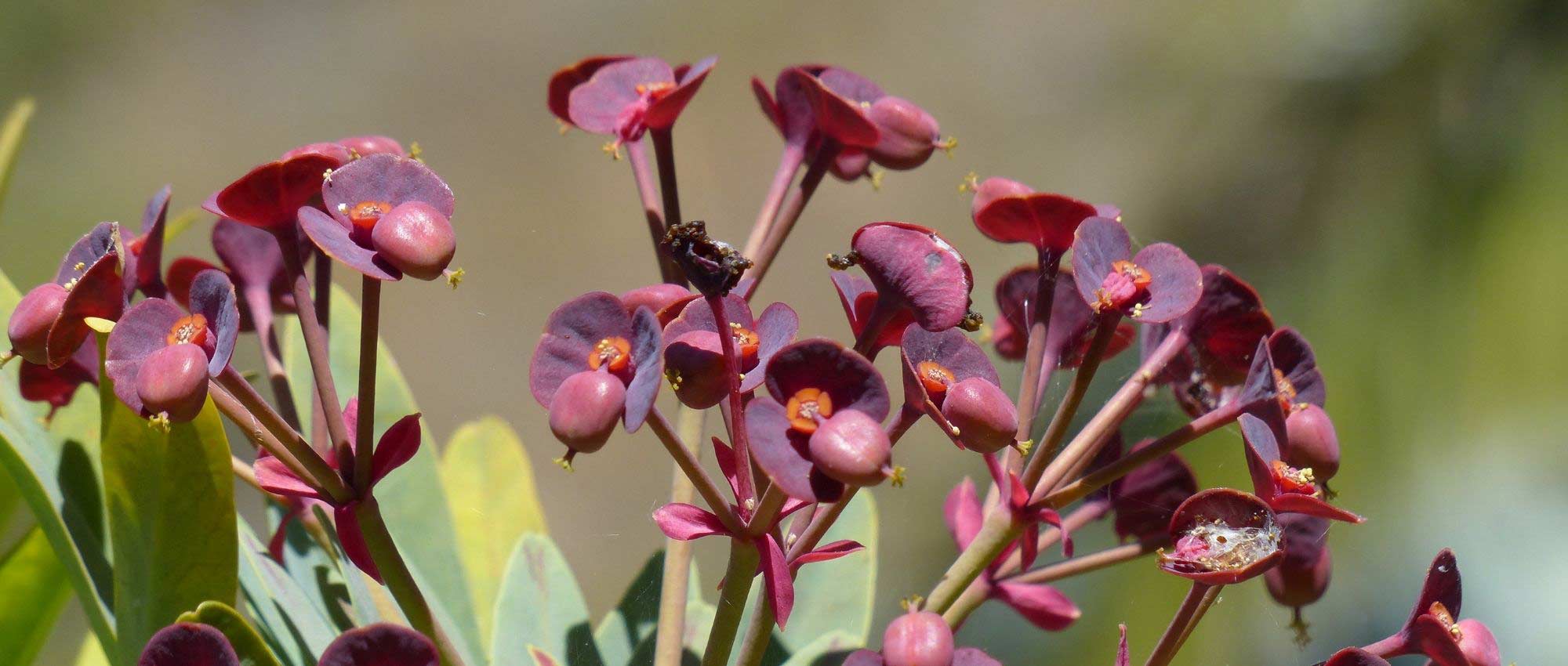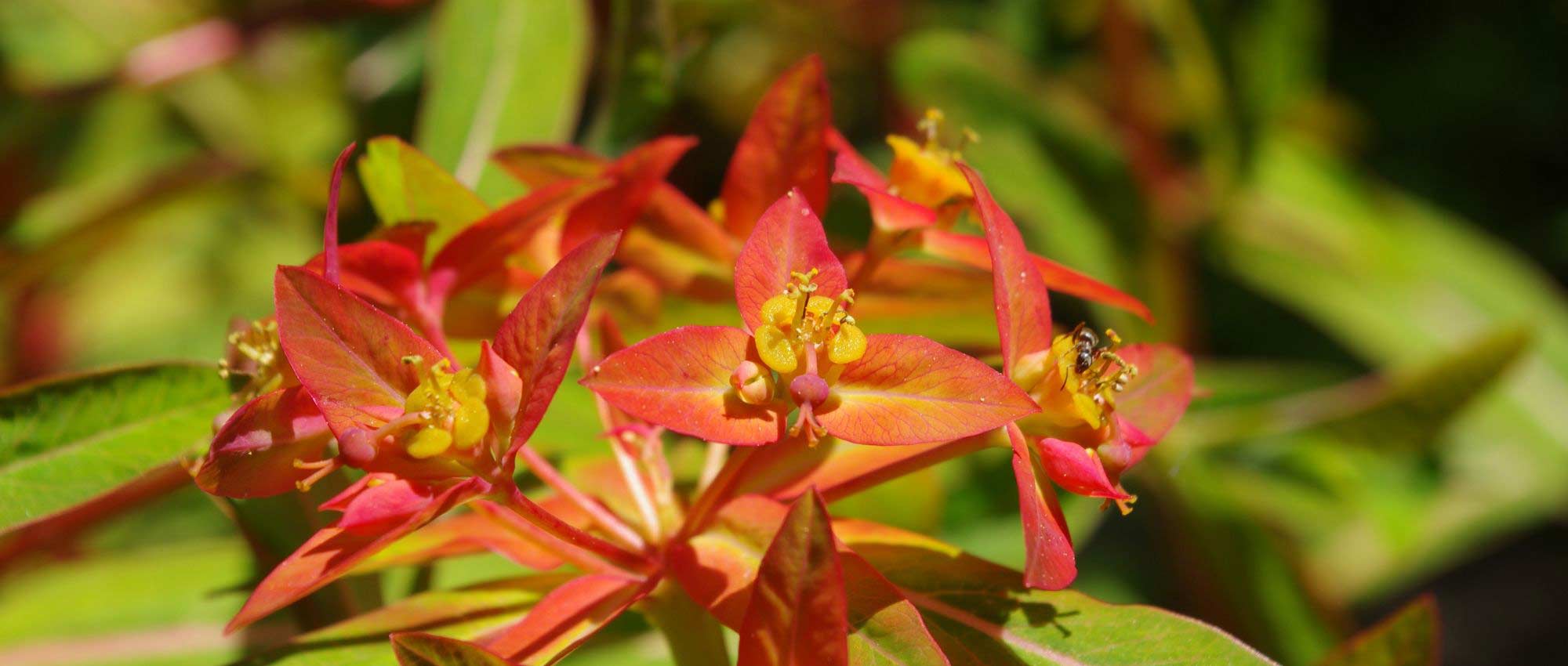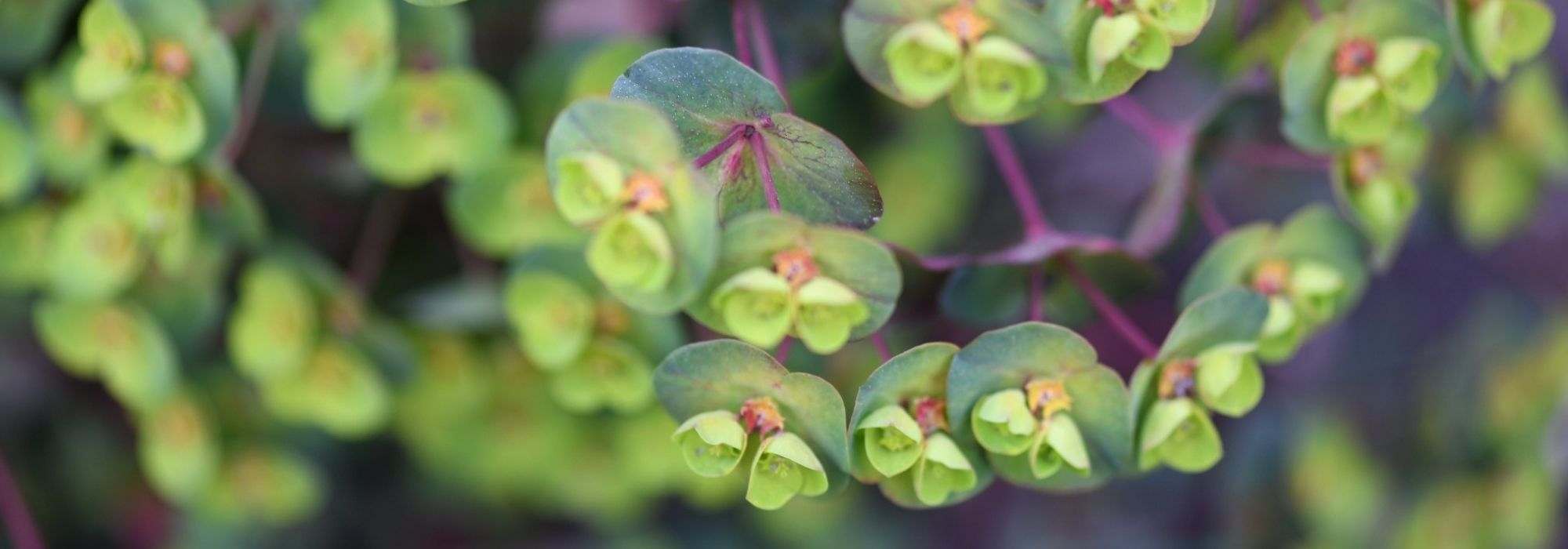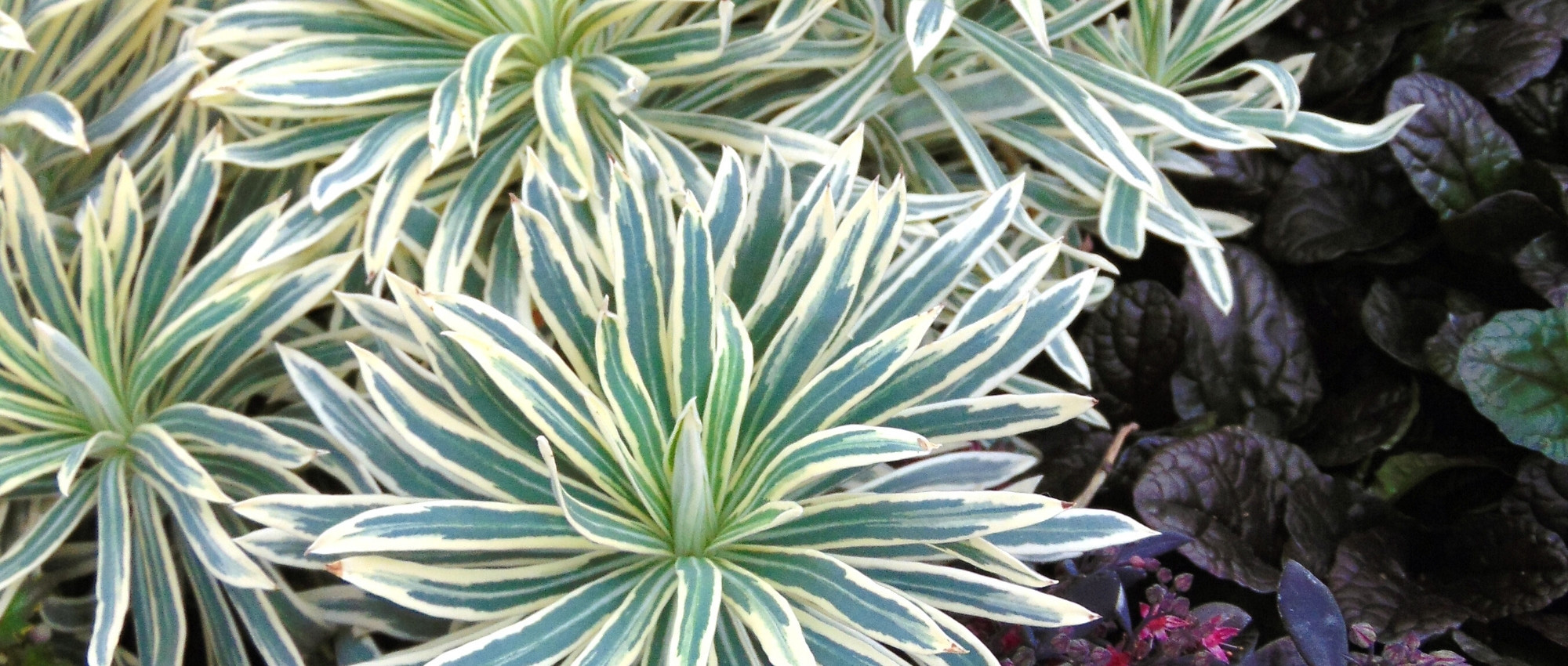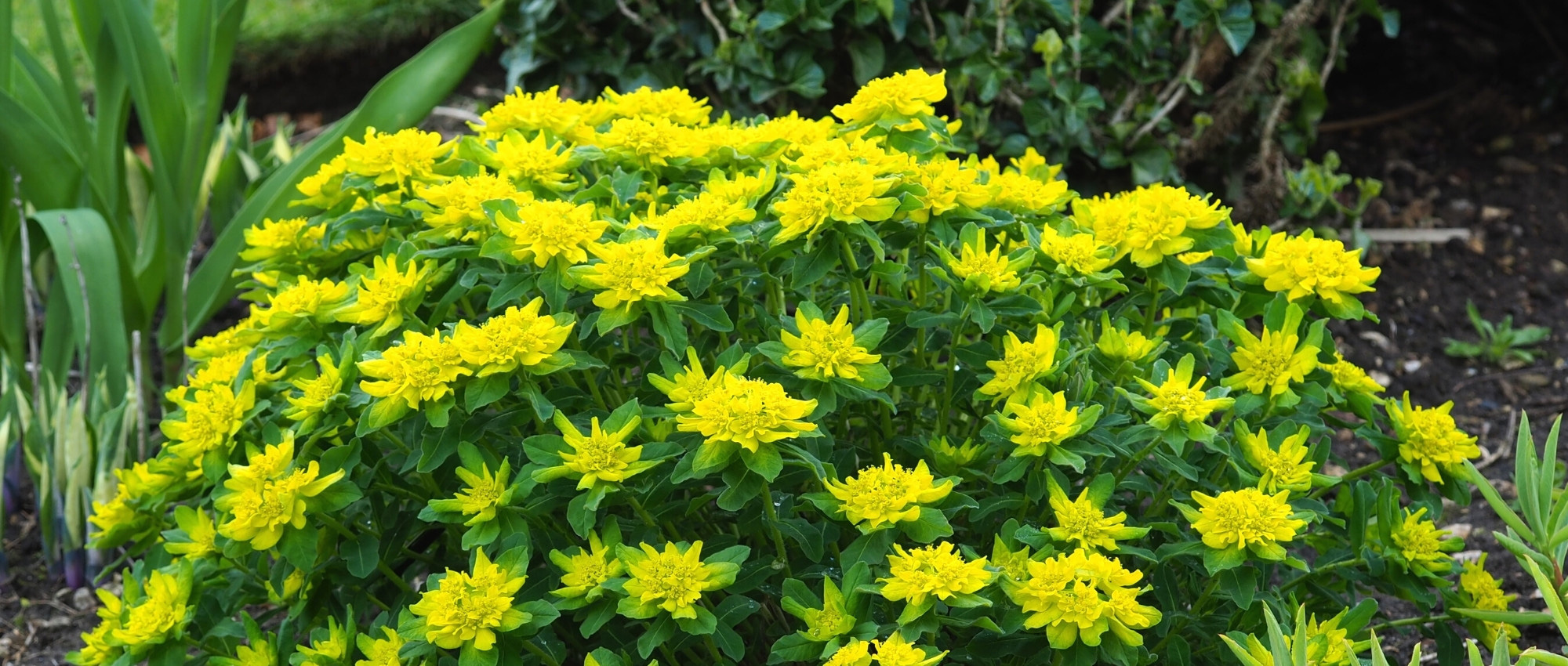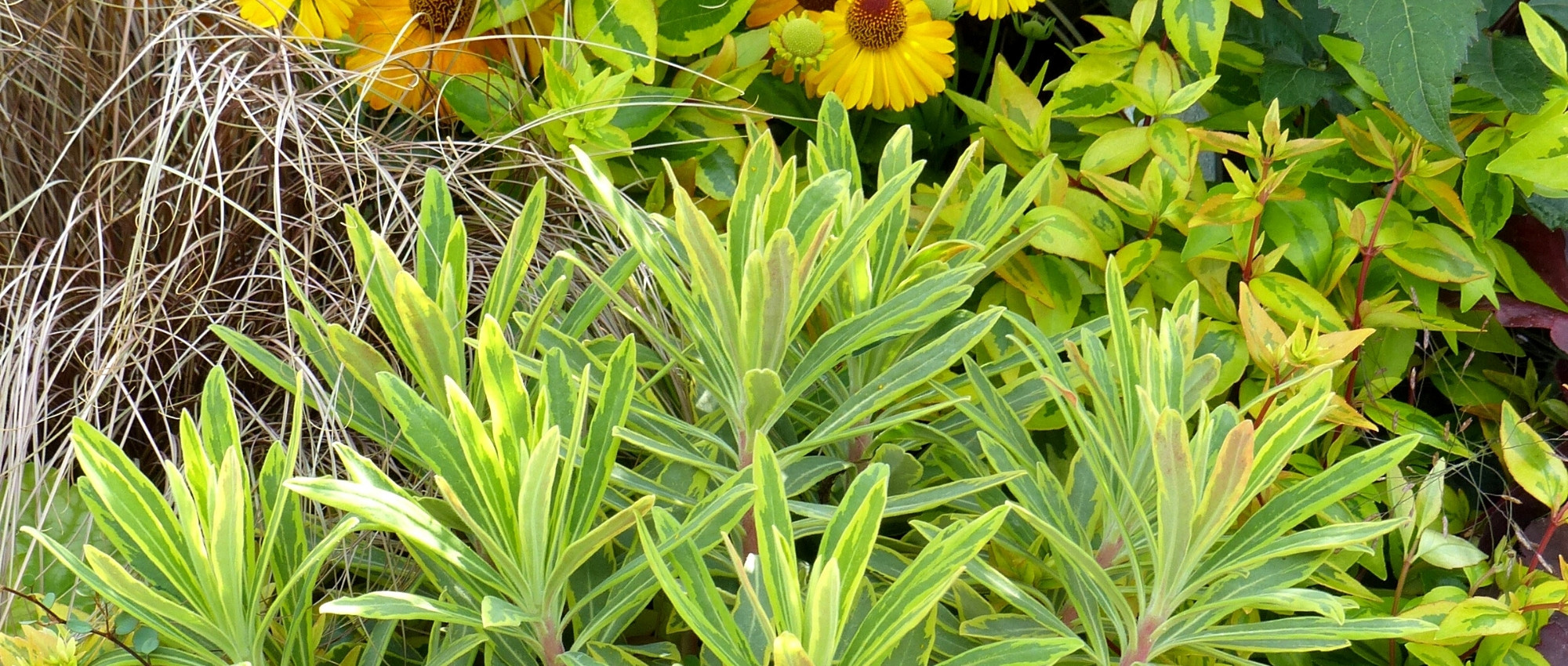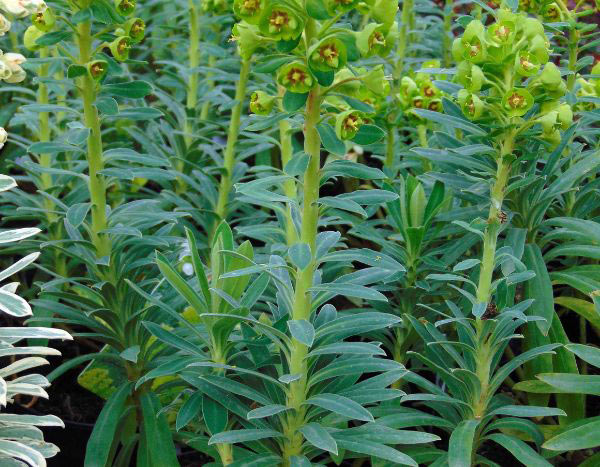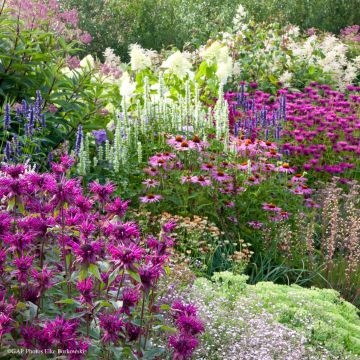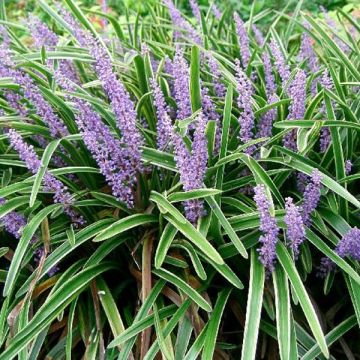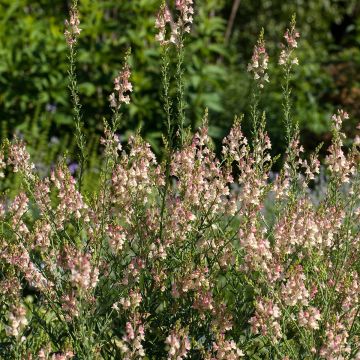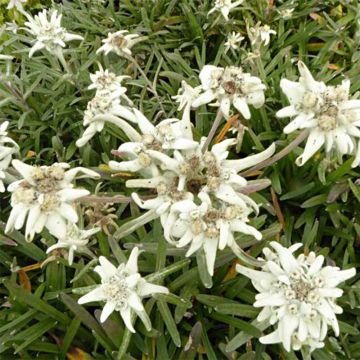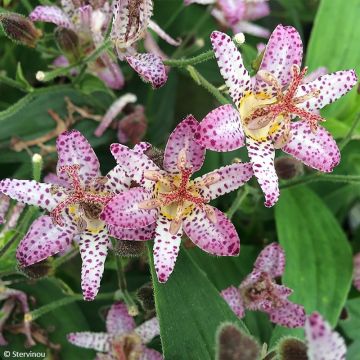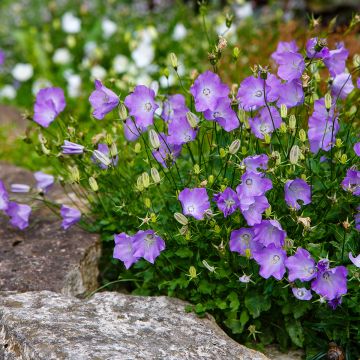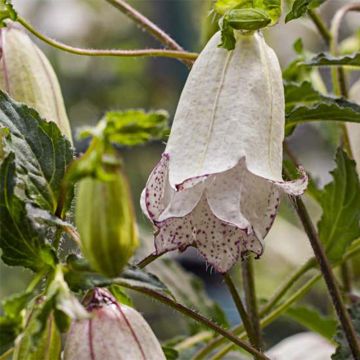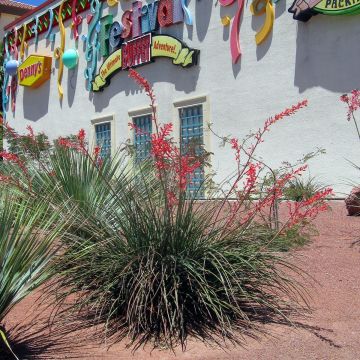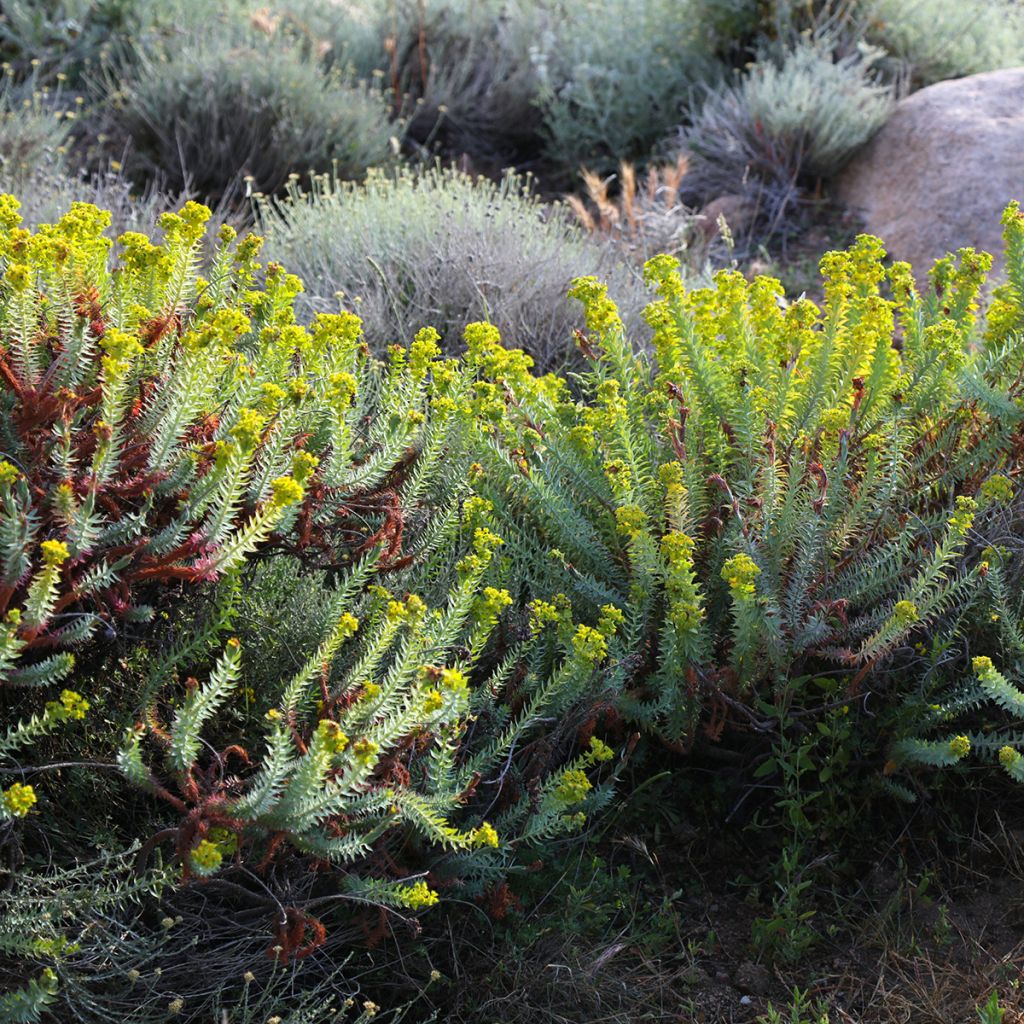

Euphorbia pithyusa - Spurge
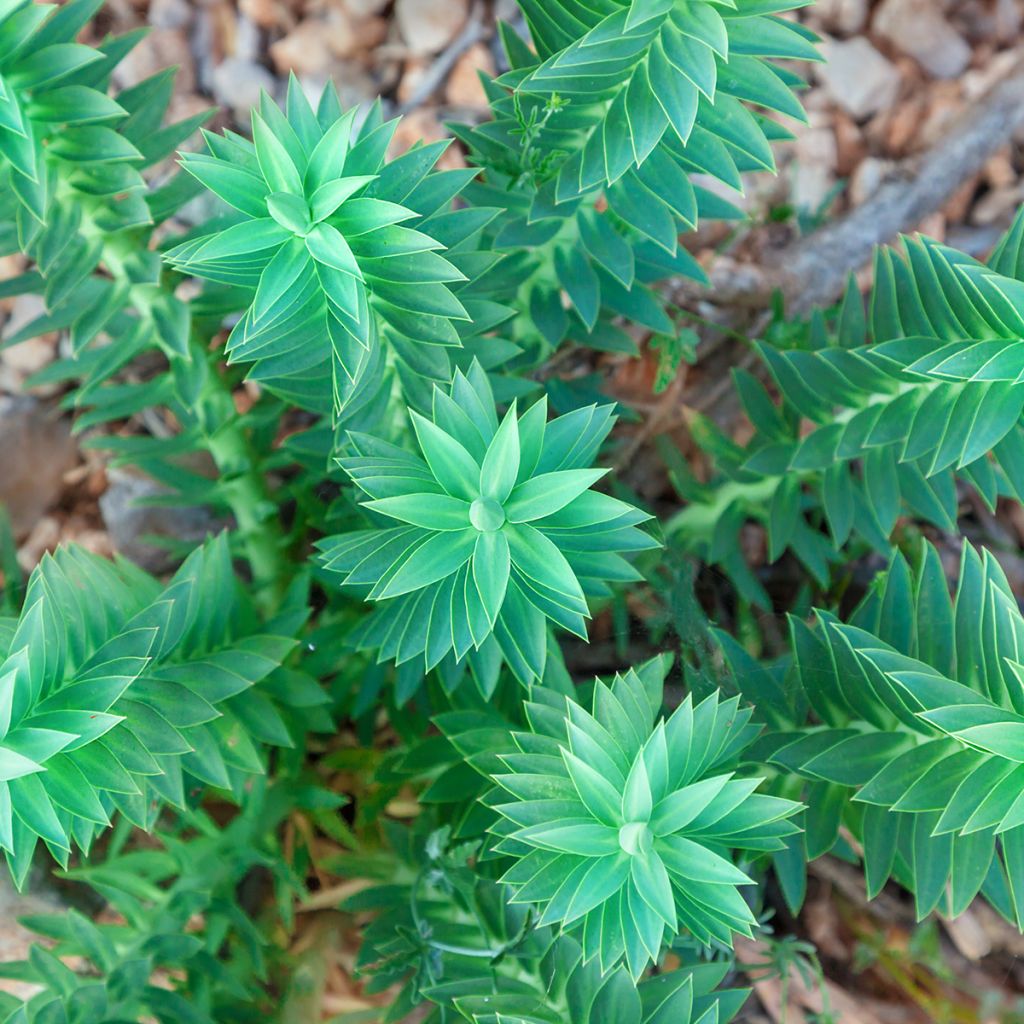

Euphorbia pithyusa - Spurge
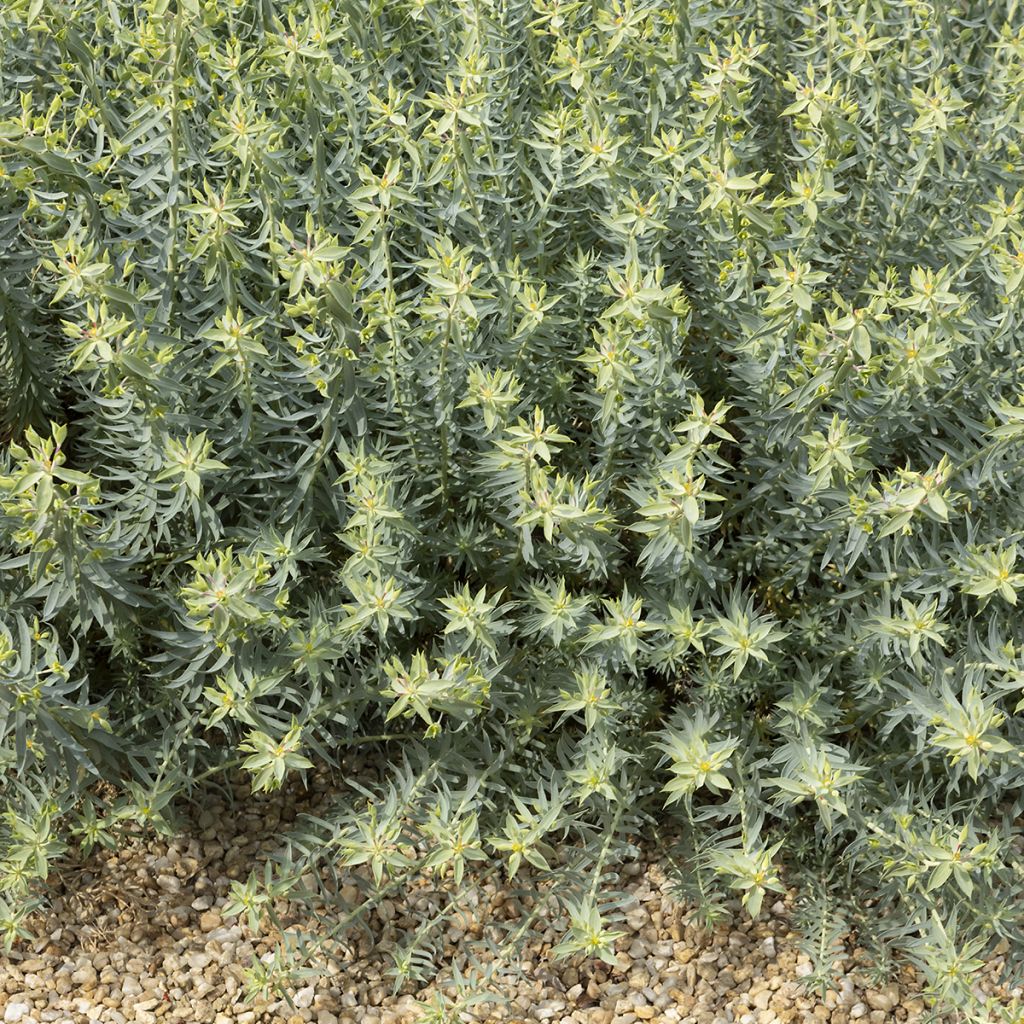

Euphorbia pithyusa - Spurge
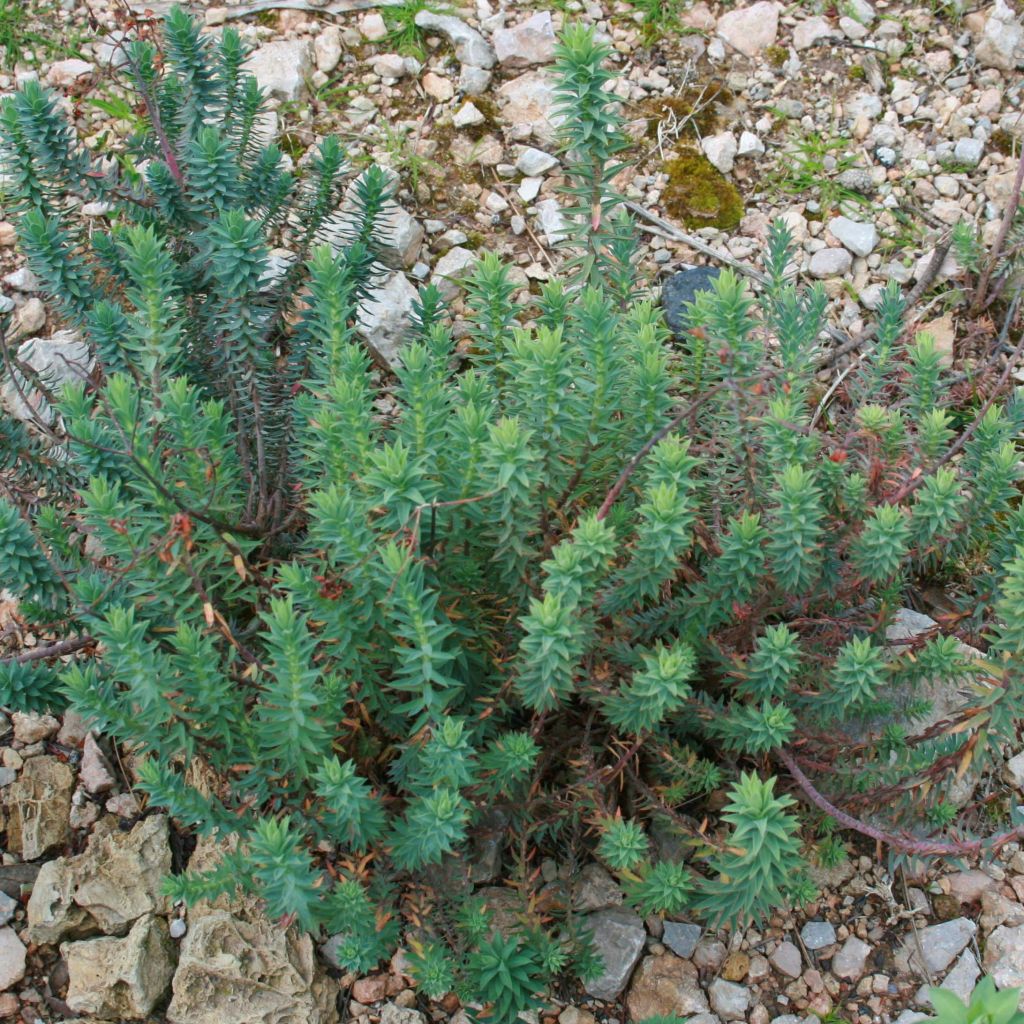

Euphorbia pithyusa - Spurge
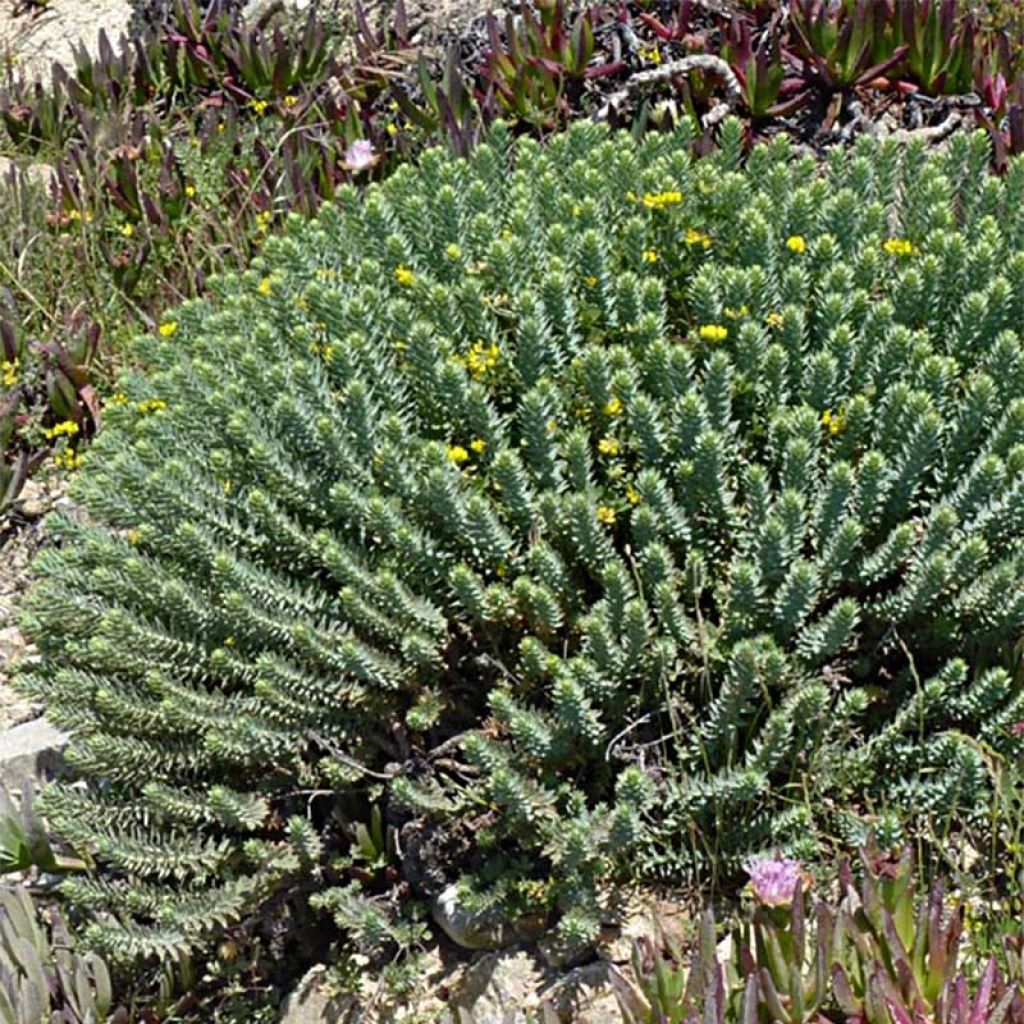

Euphorbia pithyusa - Spurge
Euphorbia pithyusa - Spurge
Euphorbia pithyusa
Little Fir Spurge
2 out of 3 are thriving. The third one didn't take.
Cathy, 21/05/2023
Special offer!
Receive a €20 voucher for any order over €90 (excluding delivery costs, credit notes, and plastic-free options)!
1- Add your favorite plants to your cart.
2- Once you have reached €90, confirm your order (you can even choose the delivery date!).
3- As soon as your order is shipped, you will receive an email containing your voucher code, valid for 3 months (90 days).
Your voucher is unique and can only be used once, for any order with a minimum value of €20, excluding delivery costs.
Can be combined with other current offers, non-divisible and non-refundable.
Home or relay delivery (depending on size and destination)
Schedule delivery date,
and select date in basket
This plant carries a 12 months recovery warranty
More information
We guarantee the quality of our plants for a full growing cycle, and will replace at our expense any plant that fails to recover under normal climatic and planting conditions.

Would this plant suit my garden?
Set up your Plantfit profile →
Description
Euphorbia pithyusa, also known as Little Fir Spurge, with its fine imbricate foliage on reddish stems, resembles from afar a small round conifer with a pretty greyish-green colour. This evergreen Mediterranean species forms a beautiful bushy clump that has a stunning effect in a dry garden or in a mineral setting dominated by sober, prostrate, creeping, or cushion-shaped plants. The summer flowering is irregular in insufficiently sunny or too-humid climates. This is very bright at the end of the branch and in the form of small bouquets of acid-green flowers that turn a beautiful rusty colour as they fade.
Euphorbia pithyusa belongs to the vast Euphorbiaceae family. It is a woody perennial endemic to the Mediterranean coast and native to France, where it grows in sandy soil and coastal rocks. Hardy in zone 8, this poor-soil euphorbia can withstand short frosts of around -11 °C (12.2 °F) in well-drained soil. This euphorbia develops into a bushy clump slowly reaching about 40 cm (16 in) in all directions. Its vegetation is dense and ramified, in the form of a large cushion. The young stems are green, and then turn cinnamon and orange-red while exfoliating at maturity. The evergreen leaves are succulent and arranged very densely in clusters all around the stems. Small in size, they are linear, tapering to a point, grey-green-blue in colour, and will be even lighter if the soil is dry. The flowers gathered in small umbels appear in June-July at the tips of the leaf-covered stems. They are petal-less flowers formed by lime-green bracts that turn orange over time. The stems and leaves contain a milky sap that is sticky and toxic.
The Little Fir Spurge, with its beautiful appearance and surprising visual design, will find its place in a dry and sunny rockery, on a wild slope in a large exotic bed, in a minimalist or contemporary-style garden, but always in well-drained soil. It is a good plant for coastal gardens. For example, it can be associated with blue grasses (Elymus magellanicus, Elijah Blue Blue Fescue), or blond grasses (Stipa tenuifolia), shrubby salvias with blue ('Blue Note'), orange flowers, or yellow and delicate blooms like some Baptisia. It also forms a lovely combination with the orange flowers of certain Agastache, or the cloudy blooms of Linaria. On a dry slope or in a rockery, it can accompany lavender, thyme, oregano, rockroses, and other rosemary varieties.
Euphorbia pithyusa - Spurge in pictures
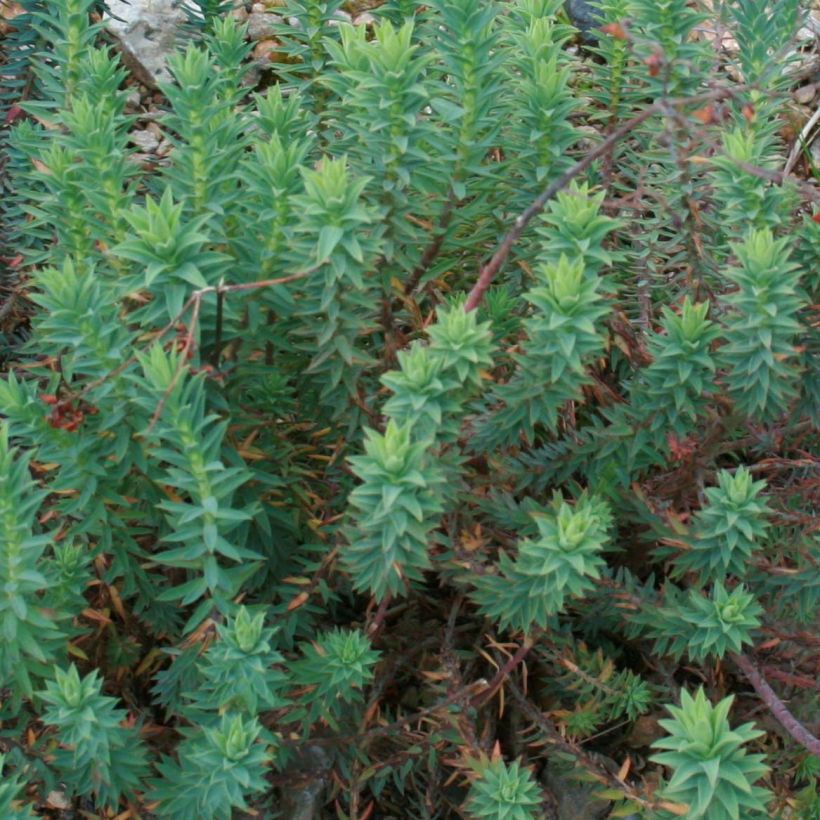

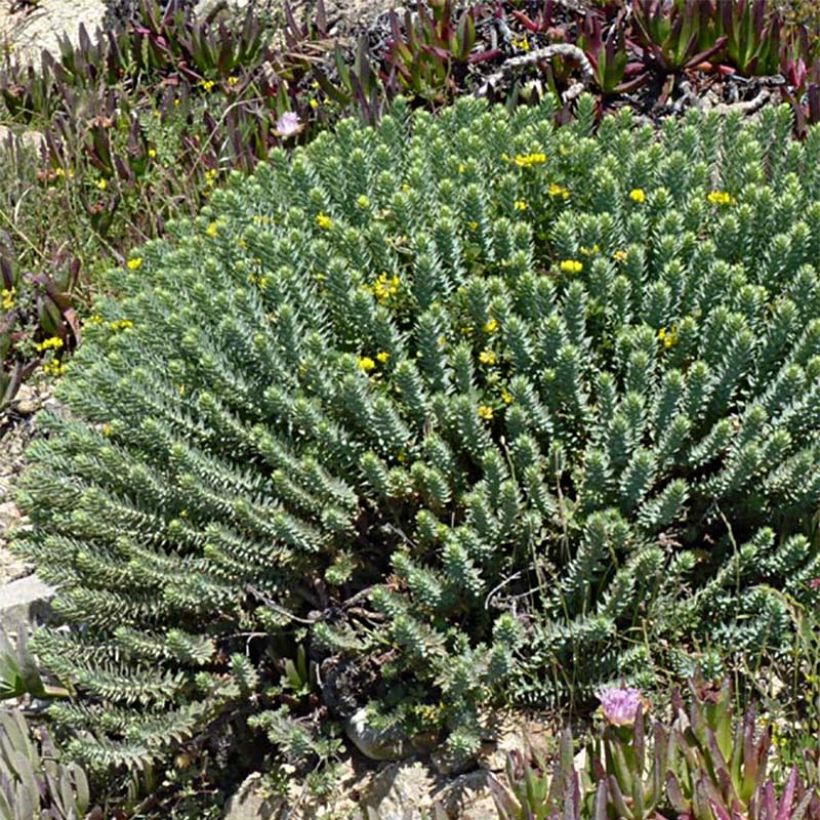

Flowering
Foliage
Plant habit
Safety measures
Botanical data
Euphorbia
pithyusa
Euphorbiaceae
Little Fir Spurge
Mediterranean
atteintescutaneomuqueuses
Cette plante peut provoquer l'apparition de réactions cutanées indésirables, une atteinte des yeux, ou des difficultés respiratoires si elle est ingérée.
Ne la plantez pas là où de jeunes enfants peuvent évoluer. Evitez tout contact avec la peau: privilégiez l'emploi de gants pour la manipuler. En cas de contact, lavez-vous soigneusement les mains et rincez abondamment à l'eau la zone concernée. Lavez les vêtements entrés en contact. En cas de réaction cutanée, contactez votre médecin ou le centre antipoison le plus proche de chez vous. En cas d'atteinte étendue ou de difficultés respiratoires, appelez immédiatement le 15 ou le 112.Pensez à conserver l'étiquette de la plante, à la photographier ou à noter son nom, afin de faciliter le travail des professionnels de santé.
Davantage d'informations sur https://plantes-risque.info
Other Euphorbia - Spurge
View all →Planting and care
Plant Euphorbia pithyusa in light, dry to moist soil, but above all, soil that is very well drained. A light, sandy or rocky soil that is slightly calcareous, neutral or acidic will be suitable. Excess moisture in winter can greatly reduce the hardiness of this plant. A soil rich in non-calcareous gravel and coarse sand yields good results. This Euphorbia requires a very sunny exposure in northerly climates. It is advisable to prune the floral stems to ground level as they fade, waiting for the inflorescences to be completely withered to prevent too much latex from flowing. It is essential to protect your hands from the latex as it causes skin inflammation. Pruning is necessary to prevent the plant from becoming unsightly or if you want to avoid seed formation.
Planting period
Intended location
Care
Planting & care advice
-
, onOrder confirmed
Reply from on Promesse de fleurs
Similar products
Haven't found what you were looking for?
Hardiness is the lowest winter temperature a plant can endure without suffering serious damage or even dying. However, hardiness is affected by location (a sheltered area, such as a patio), protection (winter cover) and soil type (hardiness is improved by well-drained soil).

Photo Sharing Terms & Conditions
In order to encourage gardeners to interact and share their experiences, Promesse de fleurs offers various media enabling content to be uploaded onto its Site - in particular via the ‘Photo sharing’ module.
The User agrees to refrain from:
- Posting any content that is illegal, prejudicial, insulting, racist, inciteful to hatred, revisionist, contrary to public decency, that infringes on privacy or on the privacy rights of third parties, in particular the publicity rights of persons and goods, intellectual property rights, or the right to privacy.
- Submitting content on behalf of a third party;
- Impersonate the identity of a third party and/or publish any personal information about a third party;
In general, the User undertakes to refrain from any unethical behaviour.
All Content (in particular text, comments, files, images, photos, videos, creative works, etc.), which may be subject to property or intellectual property rights, image or other private rights, shall remain the property of the User, subject to the limited rights granted by the terms of the licence granted by Promesse de fleurs as stated below. Users are at liberty to publish or not to publish such Content on the Site, notably via the ‘Photo Sharing’ facility, and accept that this Content shall be made public and freely accessible, notably on the Internet.
Users further acknowledge, undertake to have ,and guarantee that they hold all necessary rights and permissions to publish such material on the Site, in particular with regard to the legislation in force pertaining to any privacy, property, intellectual property, image, or contractual rights, or rights of any other nature. By publishing such Content on the Site, Users acknowledge accepting full liability as publishers of the Content within the meaning of the law, and grant Promesse de fleurs, free of charge, an inclusive, worldwide licence for the said Content for the entire duration of its publication, including all reproduction, representation, up/downloading, displaying, performing, transmission, and storage rights.
Users also grant permission for their name to be linked to the Content and accept that this link may not always be made available.
By engaging in posting material, Users consent to their Content becoming automatically accessible on the Internet, in particular on other sites and/or blogs and/or web pages of the Promesse de fleurs site, including in particular social pages and the Promesse de fleurs catalogue.
Users may secure the removal of entrusted content free of charge by issuing a simple request via our contact form.
The flowering period indicated on our website applies to countries and regions located in USDA zone 8 (France, the United Kingdom, Ireland, the Netherlands, etc.)
It will vary according to where you live:
- In zones 9 to 10 (Italy, Spain, Greece, etc.), flowering will occur about 2 to 4 weeks earlier.
- In zones 6 to 7 (Germany, Poland, Slovenia, and lower mountainous regions), flowering will be delayed by 2 to 3 weeks.
- In zone 5 (Central Europe, Scandinavia), blooming will be delayed by 3 to 5 weeks.
In temperate climates, pruning of spring-flowering shrubs (forsythia, spireas, etc.) should be done just after flowering.
Pruning of summer-flowering shrubs (Indian Lilac, Perovskia, etc.) can be done in winter or spring.
In cold regions as well as with frost-sensitive plants, avoid pruning too early when severe frosts may still occur.
The planting period indicated on our website applies to countries and regions located in USDA zone 8 (France, United Kingdom, Ireland, Netherlands).
It will vary according to where you live:
- In Mediterranean zones (Marseille, Madrid, Milan, etc.), autumn and winter are the best planting periods.
- In continental zones (Strasbourg, Munich, Vienna, etc.), delay planting by 2 to 3 weeks in spring and bring it forward by 2 to 4 weeks in autumn.
- In mountainous regions (the Alps, Pyrenees, Carpathians, etc.), it is best to plant in late spring (May-June) or late summer (August-September).
The harvesting period indicated on our website applies to countries and regions in USDA zone 8 (France, England, Ireland, the Netherlands).
In colder areas (Scandinavia, Poland, Austria...) fruit and vegetable harvests are likely to be delayed by 3-4 weeks.
In warmer areas (Italy, Spain, Greece, etc.), harvesting will probably take place earlier, depending on weather conditions.
The sowing periods indicated on our website apply to countries and regions within USDA Zone 8 (France, UK, Ireland, Netherlands).
In colder areas (Scandinavia, Poland, Austria...), delay any outdoor sowing by 3-4 weeks, or sow under glass.
In warmer climes (Italy, Spain, Greece, etc.), bring outdoor sowing forward by a few weeks.






























